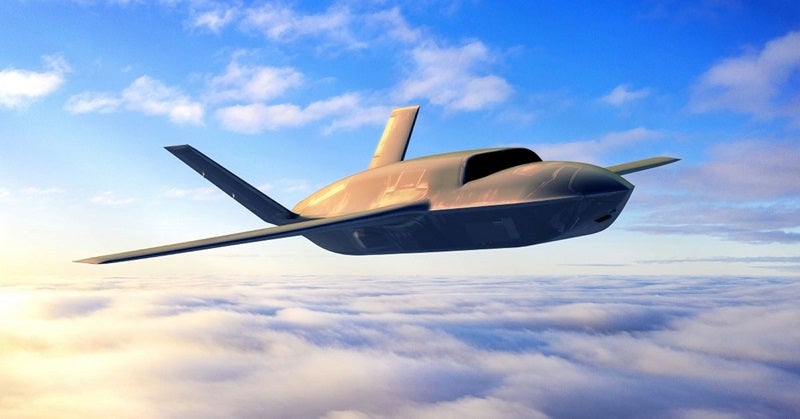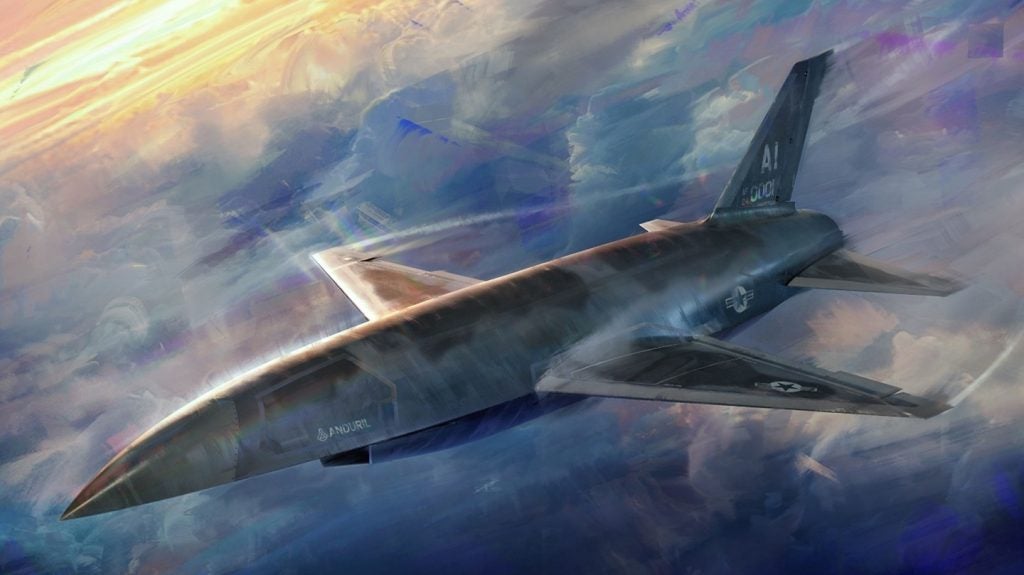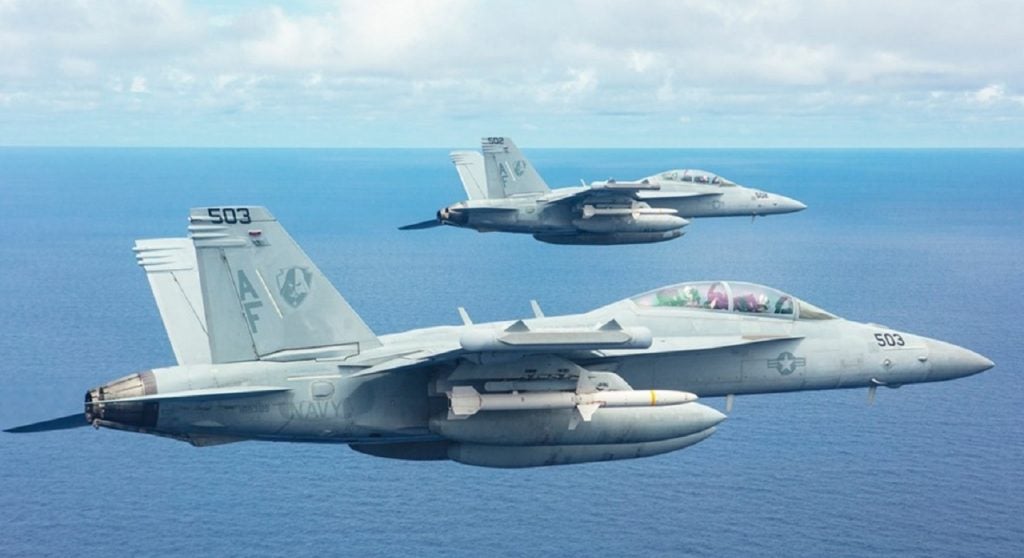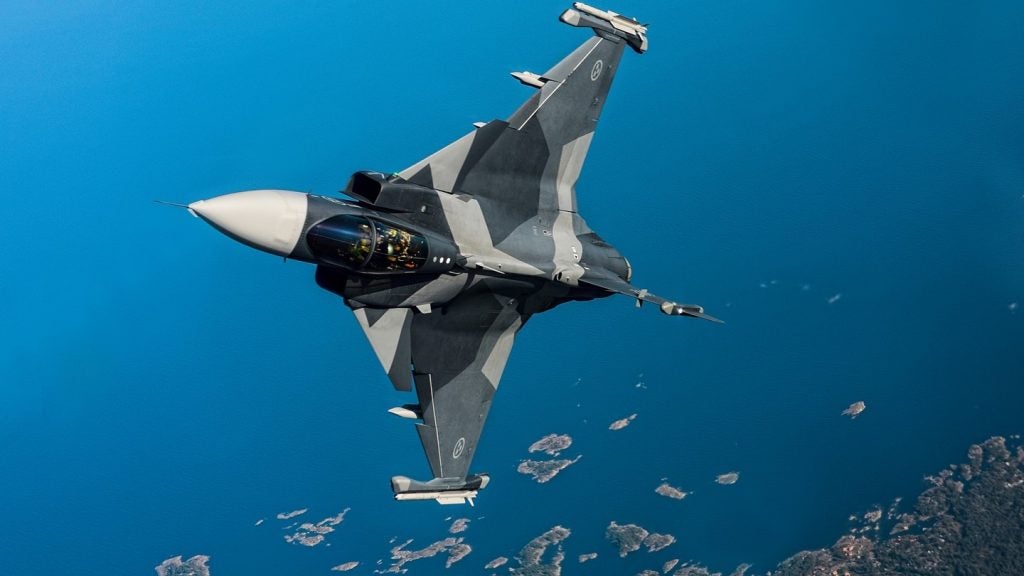The US Air Force (USAF) has downselected their chosen pool of suppliers to two vendors, Anduril and General Atomics, to compete in the next phase of the Collaborative Combat Aircraft (CCA) project.
Ultimately, the USAF aim to operate a hybrid force in which it can deploy large numbers of autonomous uncrewed aircraft, officially designated as CCAs, to team with fifth or sixth-generation crewed fighter aircraft, weapons, sensors, networking and battle management systems to maintain air superiority in the coming decades.
This all comes together under the auspices of the Next-Generation Air Dominance (NGAD) programme that envisions a ‘system of systems’ approach.
Both companies will now go on to build test production representative CCAs in the next stage of the programme.
The US Department of the Air Force (DAF) claims it is on track to make a competitive production decision for the first increment of CCA in fiscal year 2026, and field a fully operational capability before the end of the decade.
Notably, DAF’s option exercise decision does not exclude any of the vendors from competing for the future Increment 1 production contract.
Therefore, “the companies not selected to build these production representative CCA vehicles, and execute the flight test programme, will continue to be part of the broader industry partner vendor pool consisting of more than 20 companies to compete for future efforts, including future production contracts”.
Other contenders included three primes: Boeing, Lockheed Martin and Northrop Grumman.
Boeing stated that "while we are disappointed that we won't be moving forward... Work continues on our robust and growing autonomous family, including the MQ-25 Stingray and future derivatives, the MQ-28 Ghost Bat, and a number of proprietary programs we can’t disclose.”

What are CCAs, and what will they do?
The CCAs will perform different missions, ranging from carrying weapons and flying ahead of other aircraft to provide intelligence, surveillance and reconnaissance and relay valuable early warning and evade detection, to electronic warfare and striking targets either on their own or following the rest of the force. These new systems will employ disruptive technologies such as autonomy, machine learning and artificial intelligence (AI).
In March 2023, the USAF Secretary revealed a plan to pair at least 1,000 uncrewed CCAs with crewed fighter jets in the near term. The plan is tentatively based on the assumption of teaming two CCAs with each of the 200 sixth-generation NGAD platforms and 300 fifth-generation F-35 Lightning II jets.
The first batch of CCAs is expected to enter the USAF’s inventory in the late 2020s, with the early operational capability goals under the programme expected to be achieved by 2030.
The prototypes
Anduril was accepted as a contender for the programme in January 2024.
The accession of the autonomous system's supplier was a big deal considering it is a non-prime, which the company stated “signals a demand for continued expansion of the defence industrial base".
“Anduril’s work is just beginning,” said Jason Levin, senior vice president of the company’s air dominance and strike division. "However, the company did explain in a recent statement that its concept is guided by two cardinal tenets: “autonomy and affordable mass.”
On the other hand, General Atomics, a trusted prime contractor well-established in the US defence industrial base, recently announced the maiden flight of its XQ-67A at the end of February.
This flight demonstrated the success of the company’s common CCA chassis development. XQ-67A is the first of a second generation of autonomous collaborative platforms.
It follows the success of the XQ-58A Valkyrie, the first low-cost uncrewed air vehicle intended to provide the operator with credible and affordable mass.
This approach paves the way for other aircraft “species” to be rapidly replicated on a standard genus chassis.












